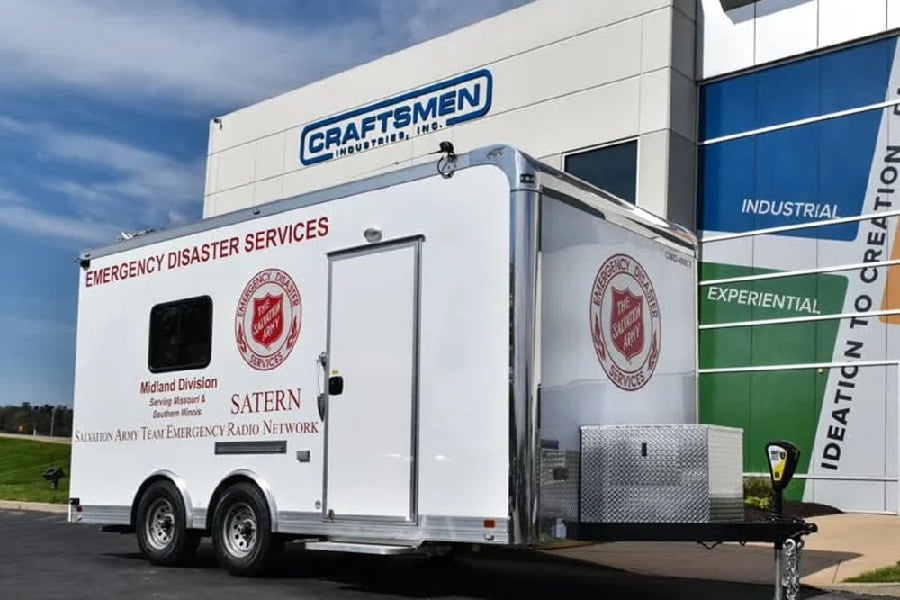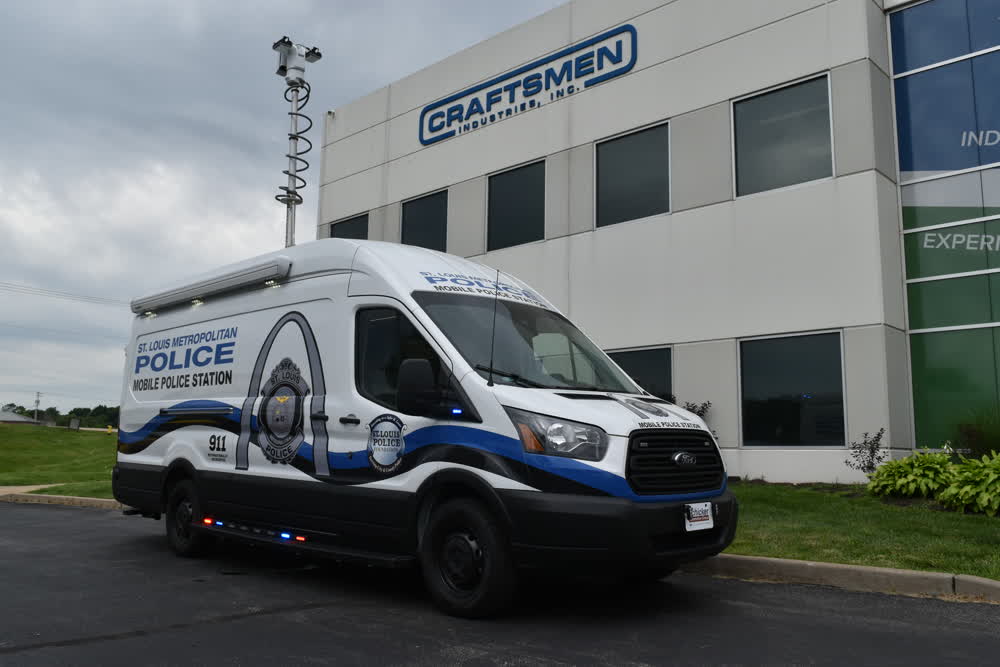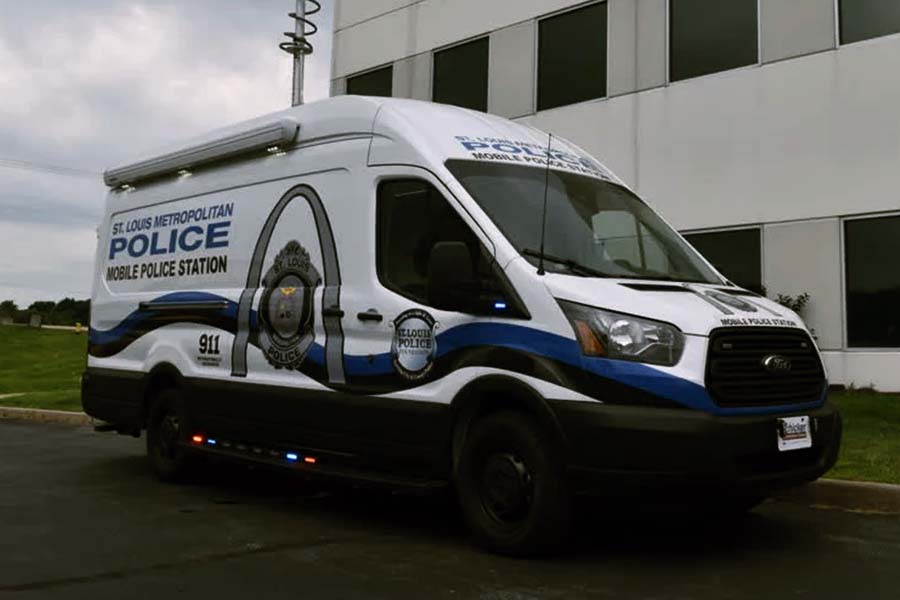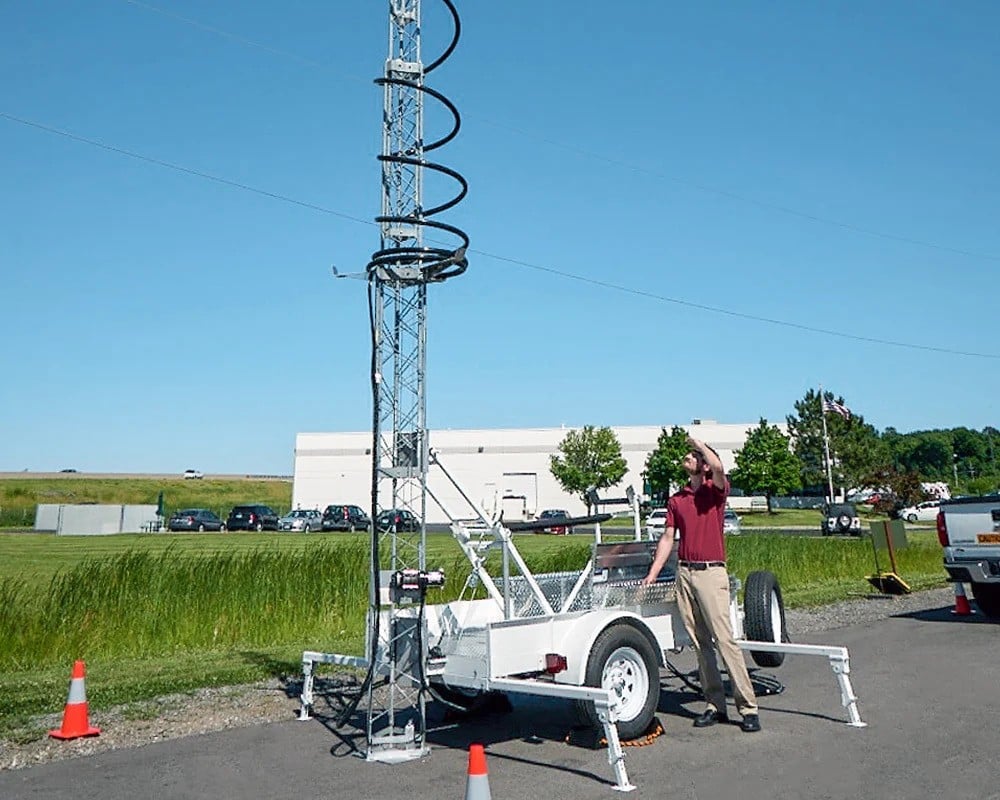Mobile Command Centers Features for Crisis Management
MCCs have a variety of use cases that help different agencies in many ways. They are vehicles that primarily help with managing and coordinating...
3 min read
Craftsmen Industries May 31, 2024 1:58:00 PM

In terms of emergency response, every second counts. During times like natural disasters and rescue operations, command centers have a crucial role in coordinating efforts and ensuring efficient decision-making for efficient action. However, the development process of these specialized vehicles can take time and effort. So, is rapid prototyping used in the fabrication of mobile command centers?
In this guide, we will analyze this technique used throughout the product development process. We will explore how it streamlines the creation of mobile command centers, saving precious time and valuable resources in periods of need.
Imagine a chaotic emergency scene. The firefighters are battling a blaze, the medical personnel are treating the injured, and the law enforcement are securing the parameters. Amidst the frenzy, the mobile command centers offer on-scene coordination.
These sophisticated units serve as central hubs for communication between response teams in a dynamic environment. They are built to be self-efficient and house crucial communication equipment and workstations.
Equipped with advanced technology, they allow responders to take quick action and remain on-site for an extended period. Yet, the development of such units requires careful planning and design. One technology has revolutionized this process– prototyping.

Source: craftsmenind.com
The traditional fabrication of these specialized vehicles can be time-consuming due to the complex design and the strict safety regulations. Did you know it can take months and even years to finish fabrication? But what if it can be faster and more efficient?
For organizations seeking a quicker solution, manufacturers like us at Craftsmen Industries offer pre-built mobile command trailers for sale. This is possible due to a game-changing approach known as rapid prototyping.
This is a much faster and more adaptable solution, which is crucial in the world of emergency response. As a team of skilled fabrication specialists offering various rapid prototyping services, we will explore this approach in more detail below.
The fabrication of MCC requires a high degree of planning. These units need to meet the specific needs of emergency responder units such as disaster response teams, police forces, and military units.
Rapid prototyping offers flexibility to explore innovative designs and configurations without the constraints of traditional manufacturing. Engineers can utilize it to create physical and digital models of their interior layout and equipment placement.
They can produce layouts, workstations, and equipment mounts that ensure functionality and comfort. RP also allows manufacturers to visualize the space and identify potential issues. If there is a need for adjustments in ergonomics or functionality, they can make them promptly before the final production of the unit.
Rapid prototyping can be beneficial for specific components of the mobile command centers, such as special consoles or communication equipment mounts. This approach enables quick testing before finalizing the design of the units.
Many MCCs have unique needs. Luckily, rapid prototyping can help explore custom features and modifications. They can be faster and more cost-efficient than traditional fabrication methods for initial testing and validation. RP facilitates the creation of components that will perfectly address the specific needs of a mission.

Source: craftsmenind.com
Rapid prototyping is a critical approach in modern manufacturing. It has taken a pivotal role in the development of mobile command centers, which require robust, adaptable, and efficient designs for swift action during an emergency situation.
This approach facilitates iterative testing of the functionality of different components, which ensures the durability and functionality of these units. By leveraging it, manufacturers ensure the units meet the criteria to offer critical support.
Rapid prototyping helps refine the design of mobile command centers and explore customization options before full-scale production begins. It verifies that the vehicles are equipped with the latest technological advancements so they can respond to evolving operational demands and unforeseen challenges.
Rapid prototyping offers a myriad of benefits in the construction of mobile command centers. Here is how they can streamline their fabrication process.
Time is of the essence when it comes to emergency response operations. For this reason, the ability of manufacturers to develop a MCC is crucial. With RP, engineers, and designers are able to create physical and digital models of the MCC beforehand.
By doing so, they can identify and address any issues early on and avoid costly delays and rework during the construction phase. It reduces the risk of encountering unforeseen issues, leading to a refined product that meets operational requirements.
Mobile command centers must operate reliably in often harsh environments. That said, RP enables testing and validation of their components and systems before full-scale installation. This helps enhance the durability and performance of the unit.
Rapid prototyping enables quick iteration when it comes to design ideas. This way, manufacturers can detect and interact with different layouts and features until they commit to a more efficient and optimized final design.
Identifying and fixing problems on time prevents costly and time-consuming mistakes during construction. It minimizes the need for expensive rework and modifications on the final unit. Prototyping can identify ways to optimize the usage of materials, labor costs, and the placement of the components, potentially reducing the overall costs.
The development of MCC usually involves collaboration between engineers, designers, and field operators..
If your organization needs a mobile command center, with the help of rapid prototyping you can now better visualize the final product and make informed decisions. The representation bridges the gap between conceptual design and real-world applications, ensuring a clear vision.

Source: craftsmenind.com
Is rapid prototyping used in the fabrication of mobile command centers? This approach has become indispensable for the creation of the MCC. It offers exciting possibilities for streamlining the development of emergency response units.
The result? A mobile command center ready for any mission. As technology evolves, the role of rapid prototyping will likely continue to grow, fostering further innovations in the emergency response and disaster management industry.

MCCs have a variety of use cases that help different agencies in many ways. They are vehicles that primarily help with managing and coordinating...

In the modern landscape of law enforcement, the need for mobility and adaptability is paramount to addressing the diverse challenges policies are...

Prototyping is widely considered a step toward manufacturing excellence, bridging the gap between concept and reality. This is why many admit that...